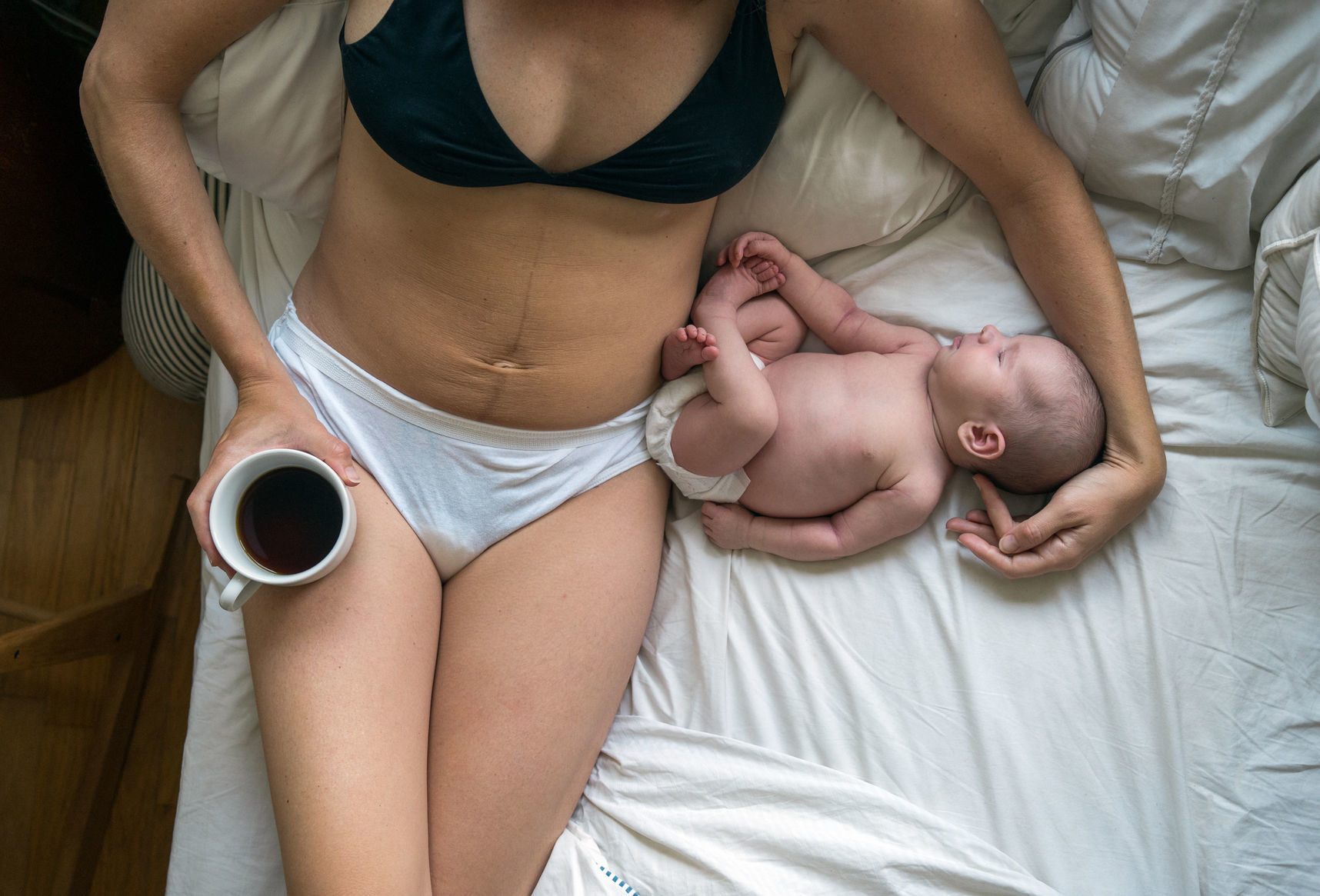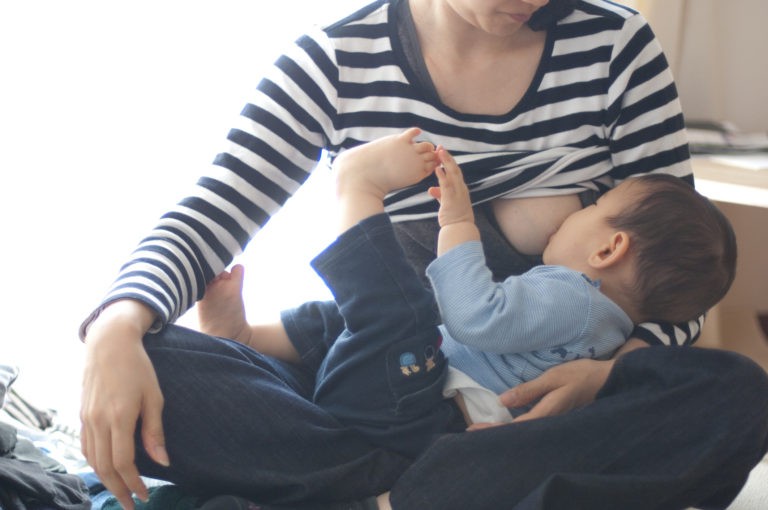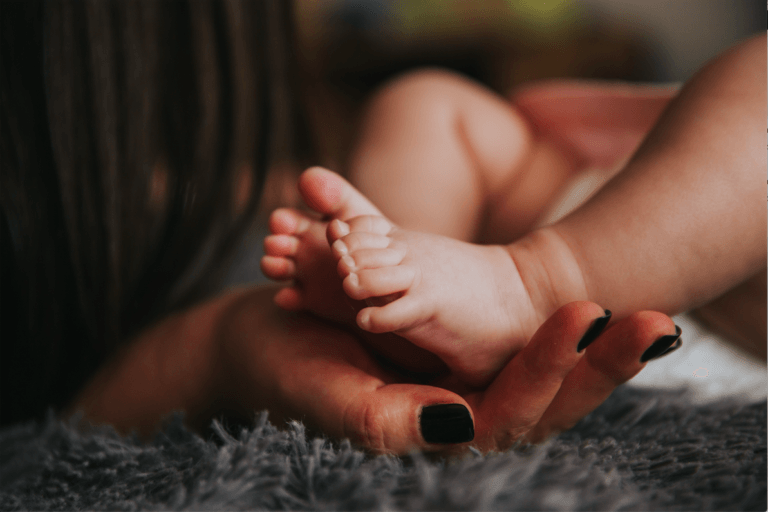Are you doing crunches or sit-ups and seeing no results?
Have you lost some or most of your baby weight but can’t get rid of that extra softness around your middle?
Have you heard of abdominal separation or diastasis recti but don’t know how to check yourself or what it is?
If you are or have been pregnant, chances are, you have a diastasis. Do not worry, this is usually when I get the blank stare. If you don’t know what it is – you are not alone. If you have a diastasis – you are also not alone. A diastasis recti is extremely common among pre and postnatal people.
What is a diastasis?
A diastasis is the separation of the outermost abdominal muscles or, the rectus abdominis. Separation occurs because the pregnancy hormones soften connective tissue as the uterus pushes against the abdominal wall. When these muscles separate, the connective tissue that joins them stretches sideways becoming thinner and weaker.
A diastasis is usually measured using fingers. Some people have a one-finger diastasis, other people have a five-finger diastasis. Typically, a diastasis remains in the one to five finger-wide range. On more rare occasions, some have as much as a ten-finger diastasis.
I know it is disheartening to discover you have a diastasis or to discover that this is a common post-natal issue.
Let me encourage you with some important details:
- Your diastasis can be healed with proper rehabilitation exercises.
- Healing your diastasis will help you reach your goal of flattening out your middle.
- You have the power to heal your diastasis and, most likely, you do not require surgery.
- With the proper rehabilitation, you can have stronger abdominals than you did before childbirth.
- Rehabilitation and conditioning can begin days after giving birth or having a cesarean section.
- You can do diastasis rehabilitating exercises anytime, anywhere, even while you are chestfeeding!
- A diastasis can be healed at any time in your life. It is never too late.
- It is important to heal your diastasis even if you plan to carry a second child. An un-healed diastasis can cause you to carry your second child much larger causing a more uncomfortable pregnancy.
- Using a fabric splint will help support your abdominals while your diastasis is healing.
- Finally, the top life-style change while healing your diastasis is to never depend on forward motion to lift you from a flat lying position. This could open your diastasis even more. This also means, no crunches, no “jack-knifing” up from bed, no sit-ups. (Don’t be discouraged, there are many abdominal exercises you can do while healing your diastasis).
How can you check yourself for a diastasis?
- Lie on your back with knees bent and feet on the floor.
- Place one hand behind your head, exhale, and lift your head and shoulders off the floor in a “crunch” position.
- Use one hand, fingers extended, and press it gently into the center of your abdomen.
- Move your hand down your abdomen, feeling for the left and right sides of your rectus abdominus (six-pack muscles).
- At about two inches above your navel, at your navel, and two inches below, use your fingers to measure the width of your diastasis in those three abdominal locations.
So, now what?
For some of you, this information is a huge relief. For others, it may be a challenge. For some, it is frustrating to learn this information week, months, or even years after trying to get rid of that last bit of “belly softness.”
I have seen, firsthand, the power of healing a diastasis. Committing to rehabilitating your diastasis by executing proper exercises, making small yet imperative lifestyle changes, and learning more about how exactly your body has been affected post-birth will make a difference physically and emotionally.
To get started, please see my instructions for one introductory exercise to begin taking steps NOW to a happier, stronger, and flatter belly!
This post was written by Charlotte Blake, who is a Personal Trainer. She founded Mama Moves where she specializes in postpartum fitness.






